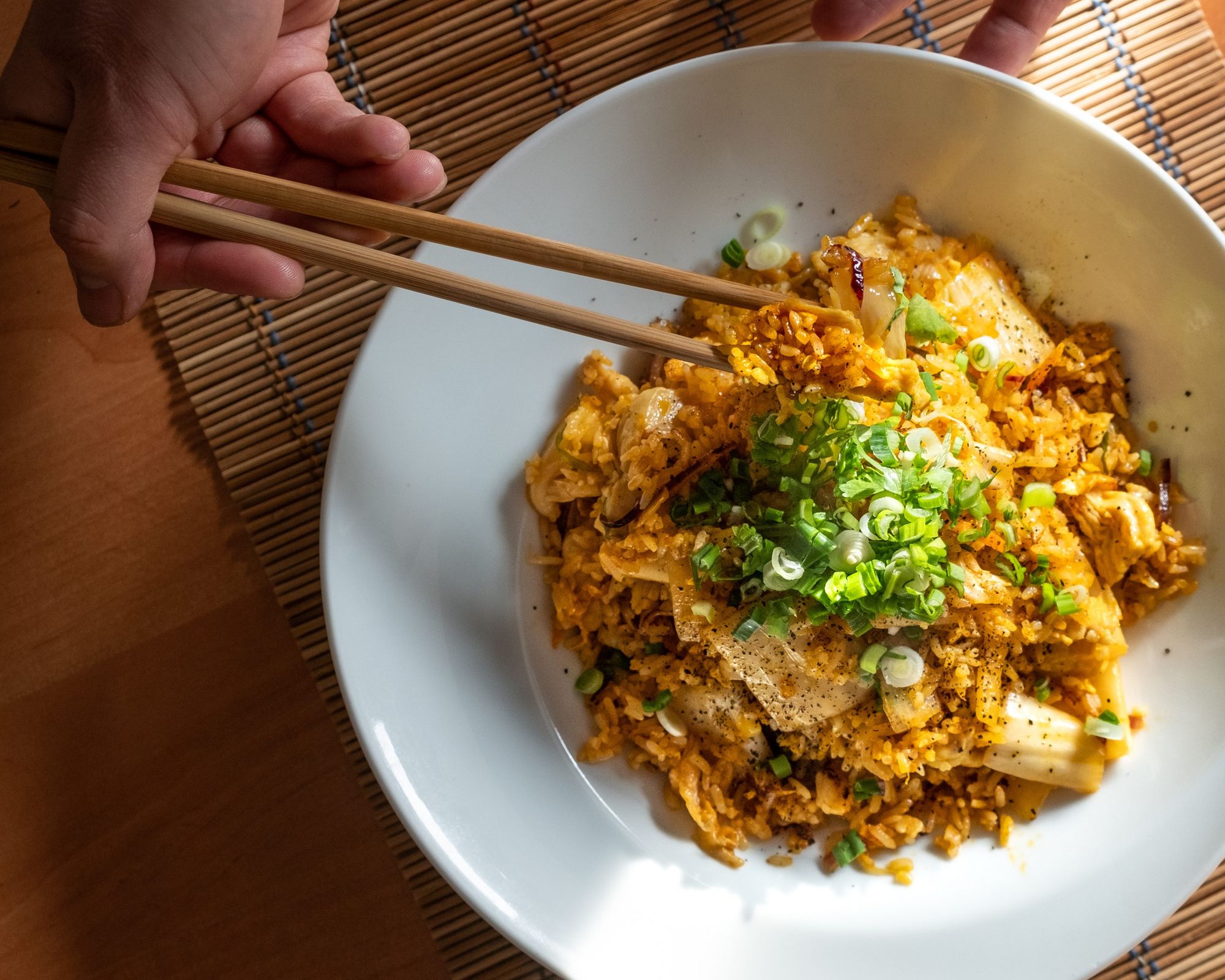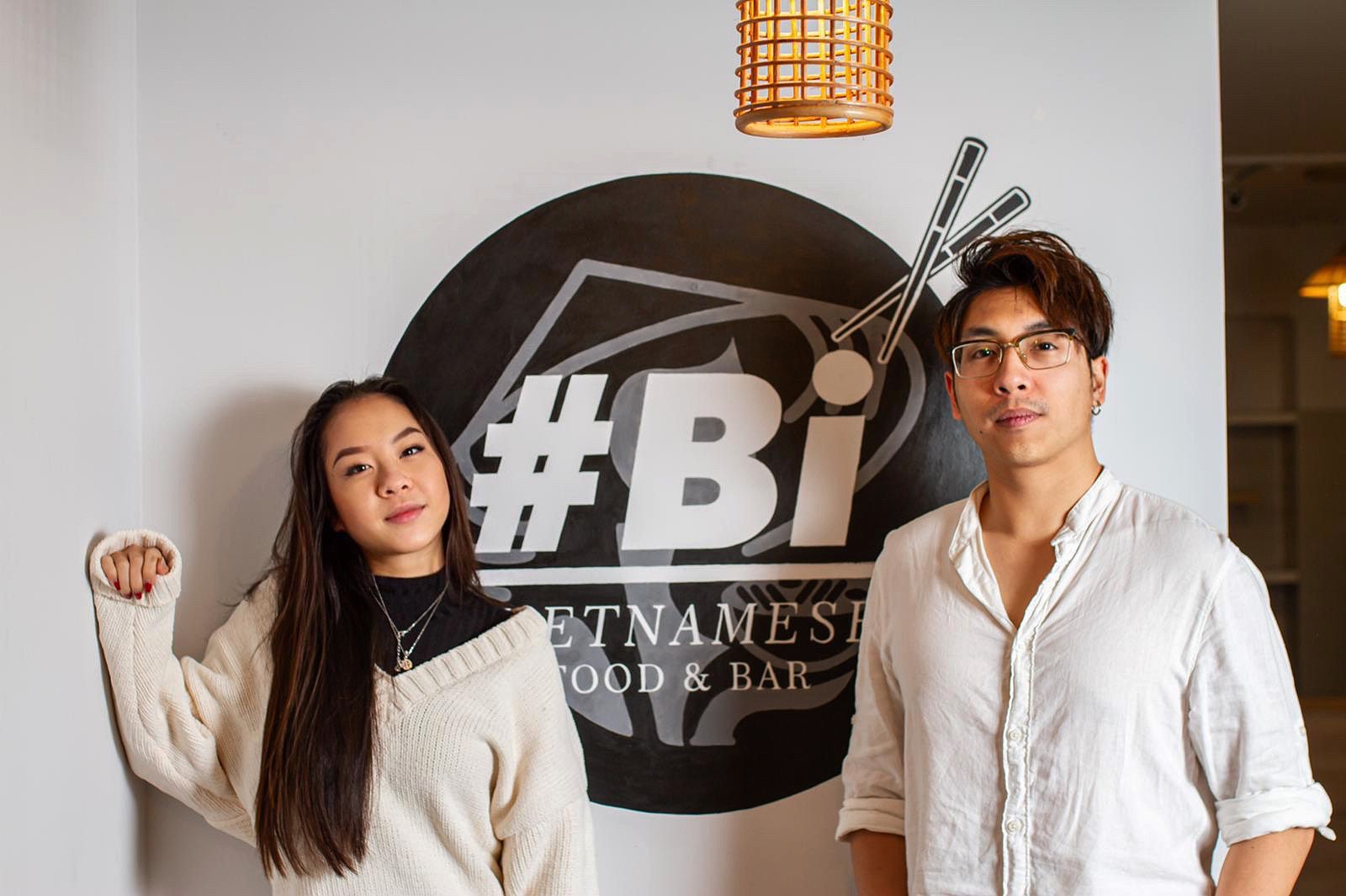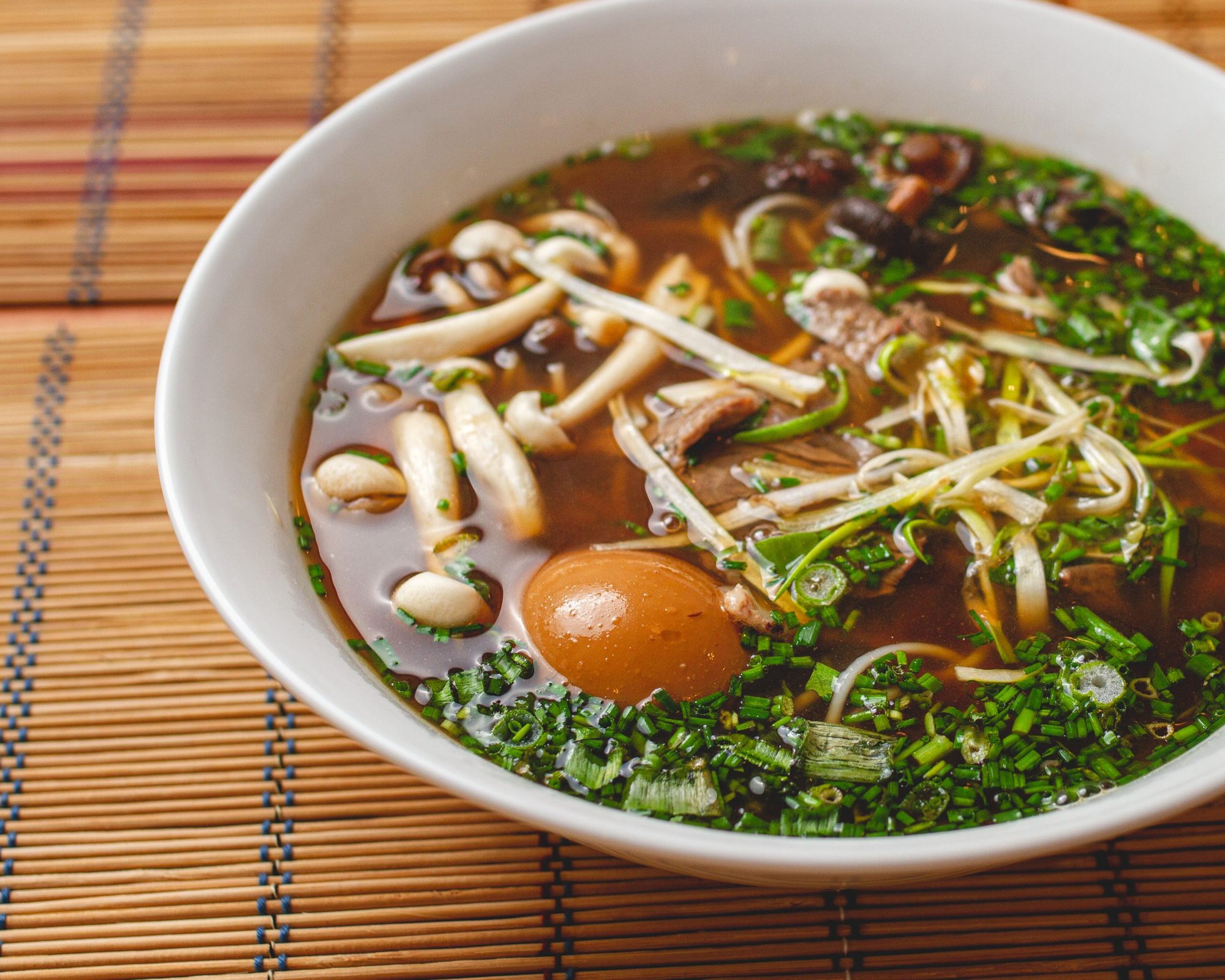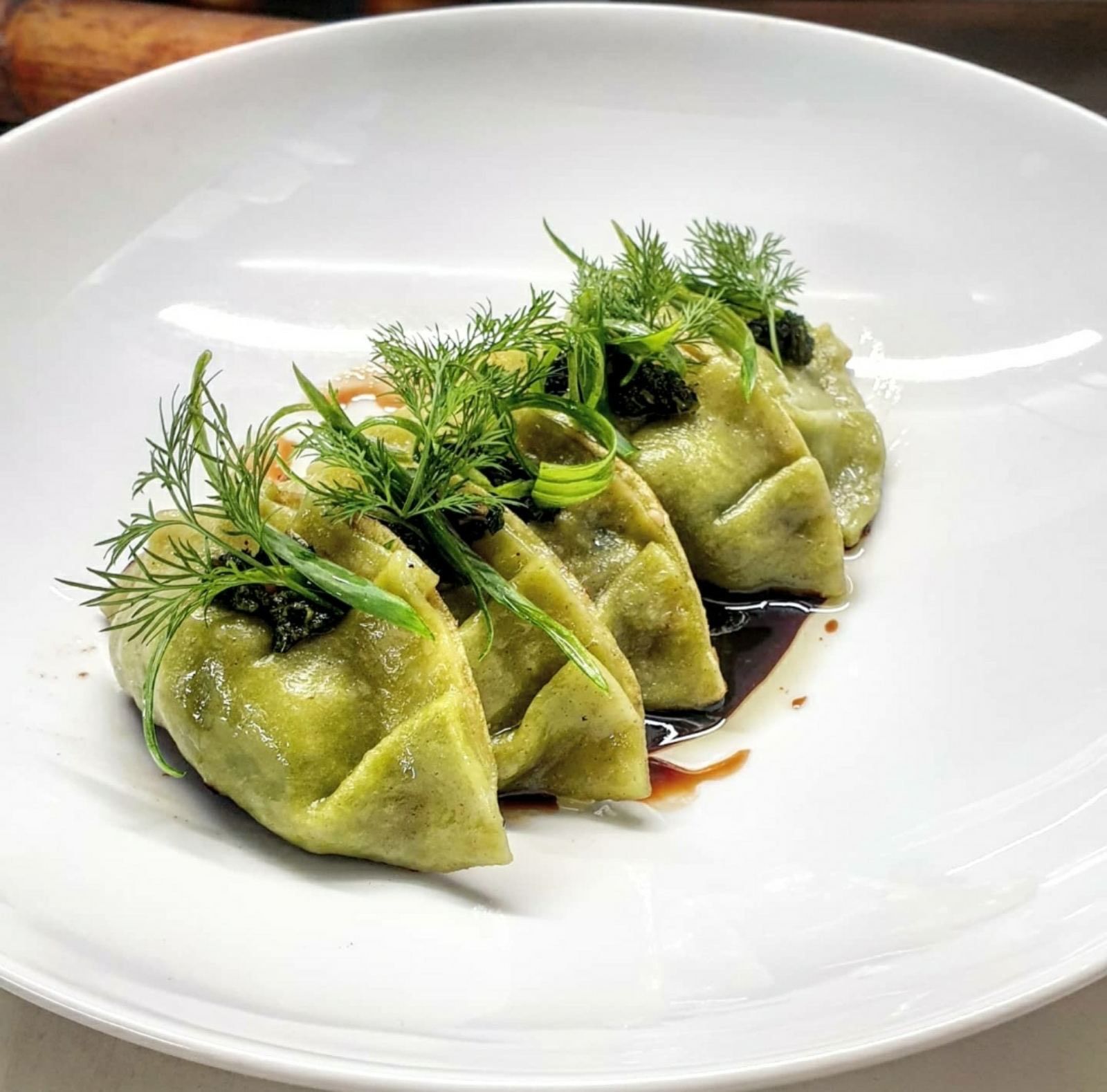What do we get if we combine traditional Vietnamese recipes with professionalism, reflective experimentation and a cheeky young attitude? Whatever it is, it can only be good. Even though #Bi only opened a few months ago near Budapest’s Lehel Market, it has already filled the city’s gastronomy—and the stomachs of the curious—with a thousand different colors and flavors.
Far Eastern cuisine is not unknown in Hungary. In addition to the small Chinese eateries that can now be found in almost every city in the country, with the mandatory sesame chicken, sweet and sour pork and fried rice in their counter, since the start of the food revolution one can also find more authentic flavors. Let’s be honest: the selection of these eateries is much more tailored to Hungarian stomachs than to present the diverse gastronomy of China or Thailand for that matter. But we can hardly bear a grudge: they only tried to meet the requirements of the price-value-quantity triad. Yet Asia offers incredible flavors, textures, ingredients and kitchen technologies, which are easy to relate to. Getting to know these is advisable also because they allow us to realize that there is no such thing as a uniform Asian cuisine: each culture has its own rules of thumb.

I must admit, there are times when even I have to think really hard to identify the difference between an authentic Japanese sushi and a Korean gimbap (both of them are made of cooked rice wrapped into sheets of seaweed, but while in the former the wheat is seasoned with rice vinegar and is generally filled with fresh and raw ingredients such as fish, the latter contains cooked or fried meats, omelet and pickles, kimchi, for example, in addition to the sesame oil, and is not served with wasabi, soya sauce and pickled ginger—the Ed.), so I am always happy when I get a chance to learn from an authentic and reliable source. And #Bi is the perfect place to do that: the small restaurant opened in Bulcsú Street is the fruit of the friendship of two young Vietnamese youngsters, Luu Trong Vinh, or Vini, and Nguyen Viet Phong Binh, also known as Bi, and it manifests everything that characterizes the country’s cuisine.

Vini’s work is well-known in the profession. The chef was responsible for the dishes of the popular restaurant Good Morning Vietnam back in the day, then after facing new challenges—including study trips abroad, participation in the famous Hungarian television show Konyhafőnök, and gaining experience next to recognized chefs such as Krisztián Huszár—she was invited by Bi’s family to take part in the creation of their new restaurant. The girl set out on the bumpy road of launching a restaurant while still a university student in the field of tourism and hospitality, and, on top, she did so right in the middle of the pandemic. But this bold attitude does not only manifest itself in certain decisions—including the use of the hashtag before the name Bi—but the meals served, too. The kitchen operates with a young staff, who are happy to break away from the old traditions: the dishes are exciting combinations of original recipes, European and especially French kitchen technologies and seasonal, local ingredients such as wild garlic. They use loads of fresh greens in all their dishes, either steamed or fried, including spring onions and Chinese spinach.

They say they wanted to evoke the atmosphere of the Japanese izakayas (bars), while also leaning towards fine dining. Their menu is short but complete: it has every dish that could give us a good reason to take a culinary adventure to Hanoi or Ho Chi Minh City (previously known as Saigon). The integration of fusion dishes is not a lack of respect, rather a way of going with the changes of the world. This is how the Hanoi ramen was born, for instance, which is an incredibly rich soup combination with rice noodles, fresh greens, Vietnamese fried dough sticks, with thinly sliced, soft-as-butter beef cheeks and marinated eggs, while its basis is provided by a master soup made exactly like sourdough—they always keep a portion of the original soup and refresh it, so the broth has a concentrated, deep yet light flavor. (As I found out, the various vegetable broths enjoy great popularity in this culture: for example, after the end of a traditional Vietnamese dish, they flush down the richness of flavors with broth consumed as a drink.)

Their summer rolls also differ from the conventional version: in addition to the crunchy vegetables, the freshness of mint comes as a surprise, accompanied by a genial, thick and creamy peanut sauce. The various gyozas filled with pork or shrimp are made with a combination of steaming and frying (this way, the starch condenses and results in a crispy skin on the dough’s surface), and are served with cilantro pesto and yuzu ponzu (a sauce made of citruses, soya sauce and tuna flakes). A surprising, fascinating and great combination, which you simply can’t get enough of. If one plans to learn more about Vietnamese comfort foods, our recommendation is to order a bibimbap, which is a one-pot meal similar to the Japanese donburi featuring rice, crisp vegetables, soft beef cheek or silken tofu and home-made kimchi. Speaking of homey flavors—Bi and Vini also has countless Vietnamese favorites that are not included in the menu yet, including caramelized pork belly among many others, but hopefully, in time, these will also pop up in the restaurant’s selection.
According to Vini, the key to success is to give what you are—this way you can’t get it wrong. Care feels in every plate of food—the forms, textures and colors provide a harmony of sight and taste that makes every bite a reward. In line with the current regulations imposed due to the pandemic, the restaurant is only open for takeaway and home delivery, but the owners can’t wait to fill their space with life, and to provide the respectful, high-standard yet playfully laidback bistro experience that we all crave so badly.

Classic yet contemporary | CHYLAK

Modern metropolis | Baba Housing Estate










